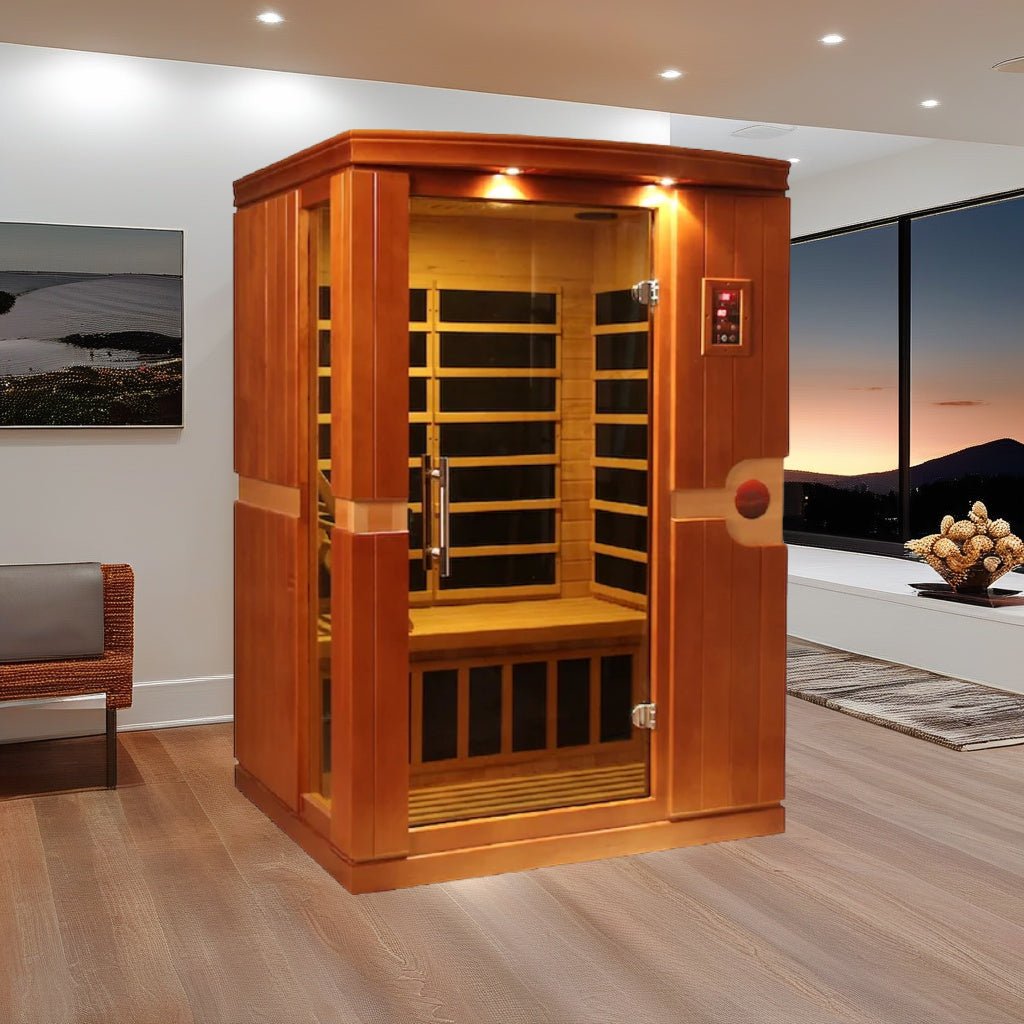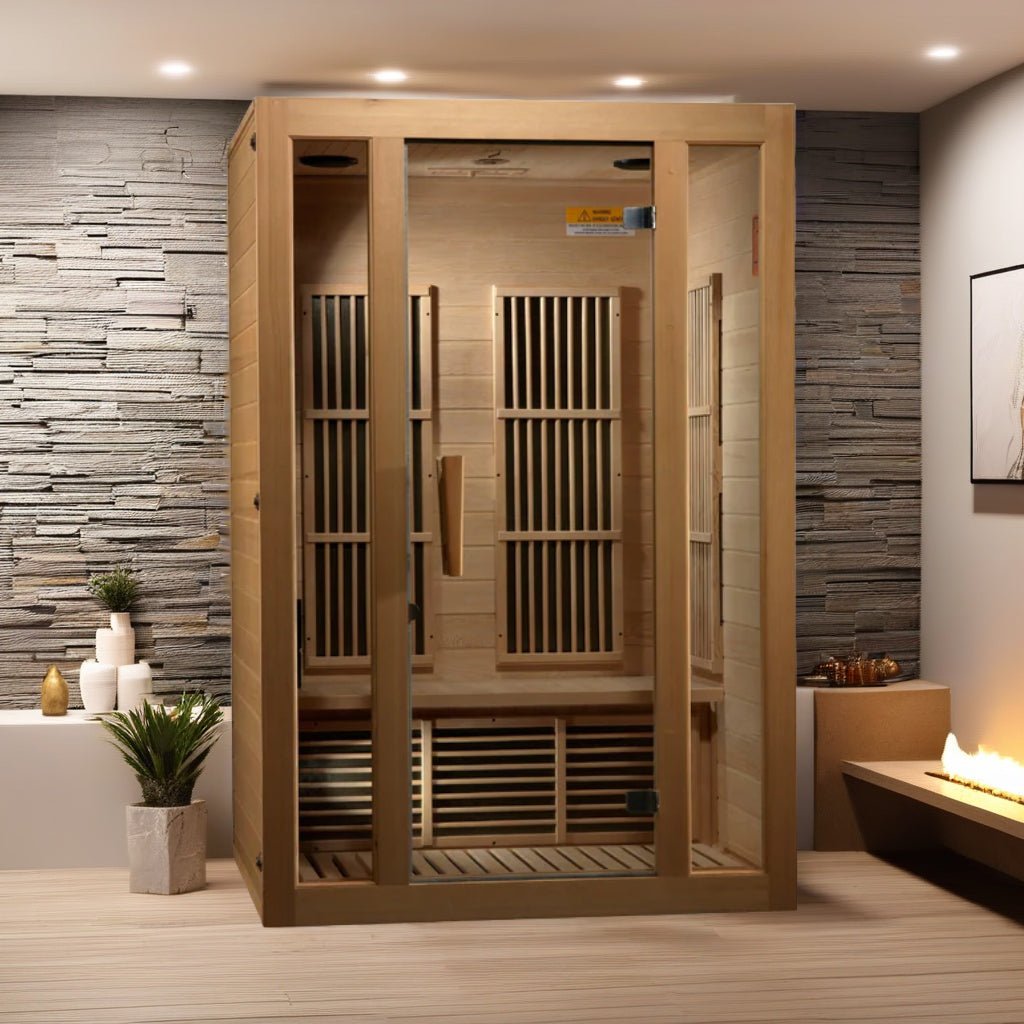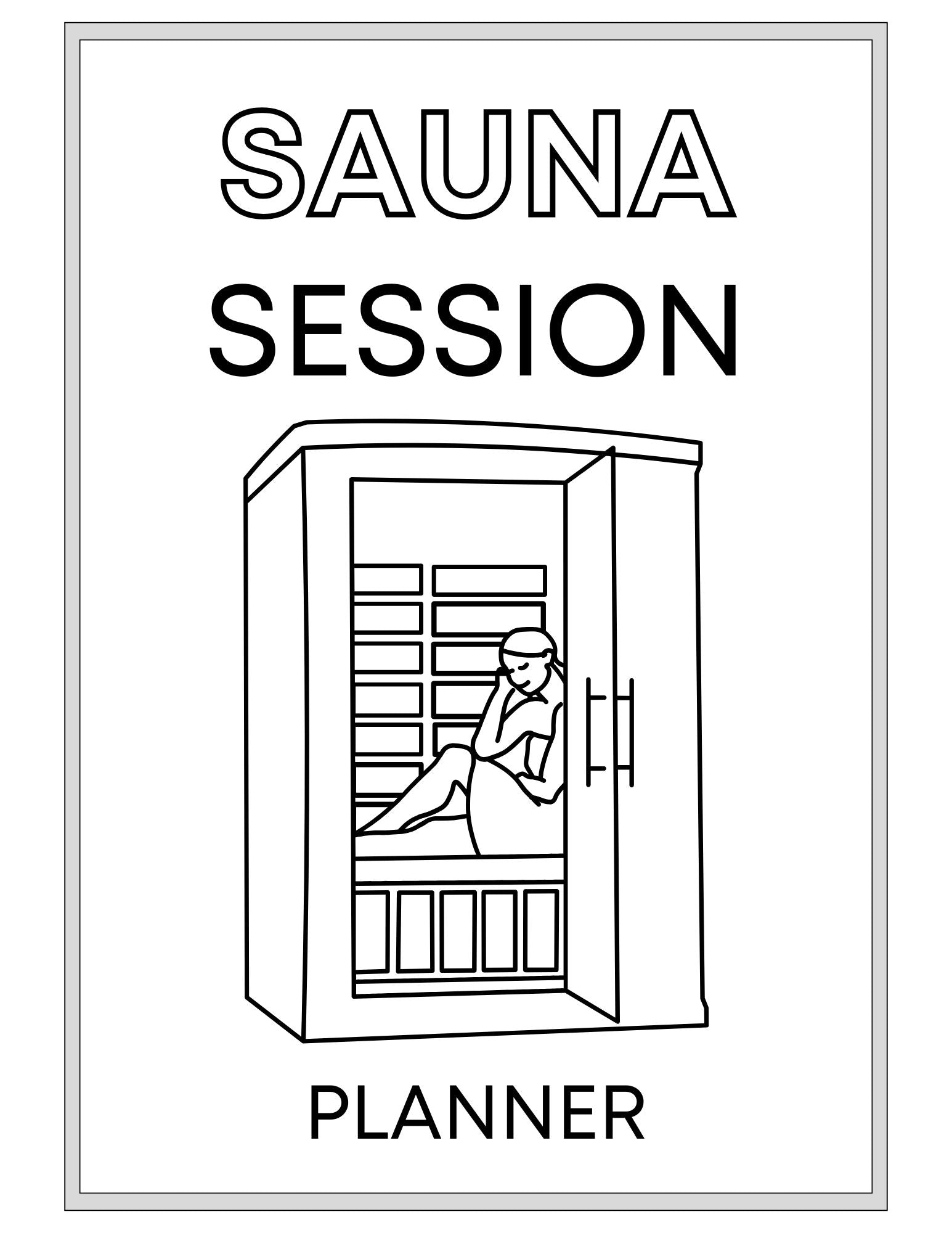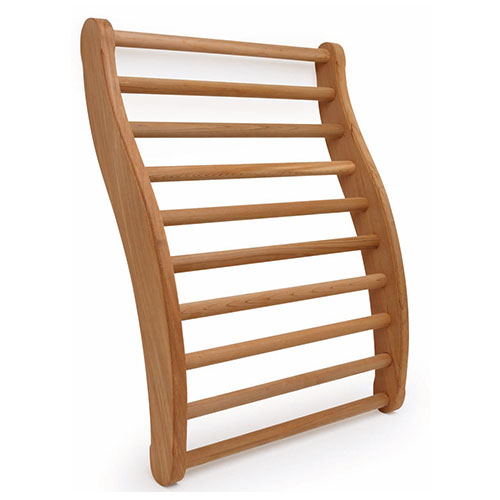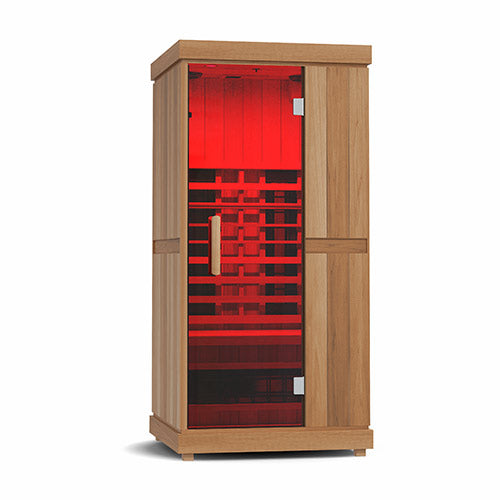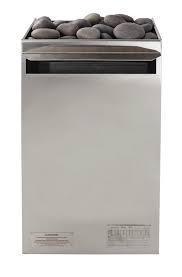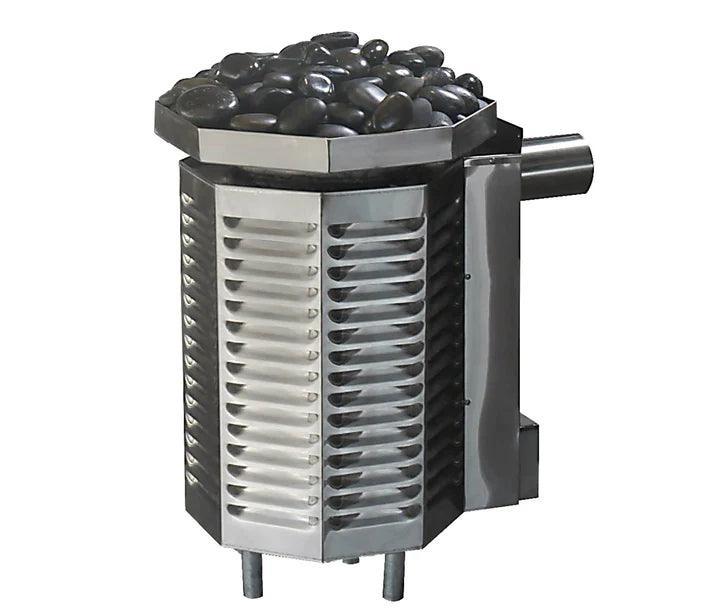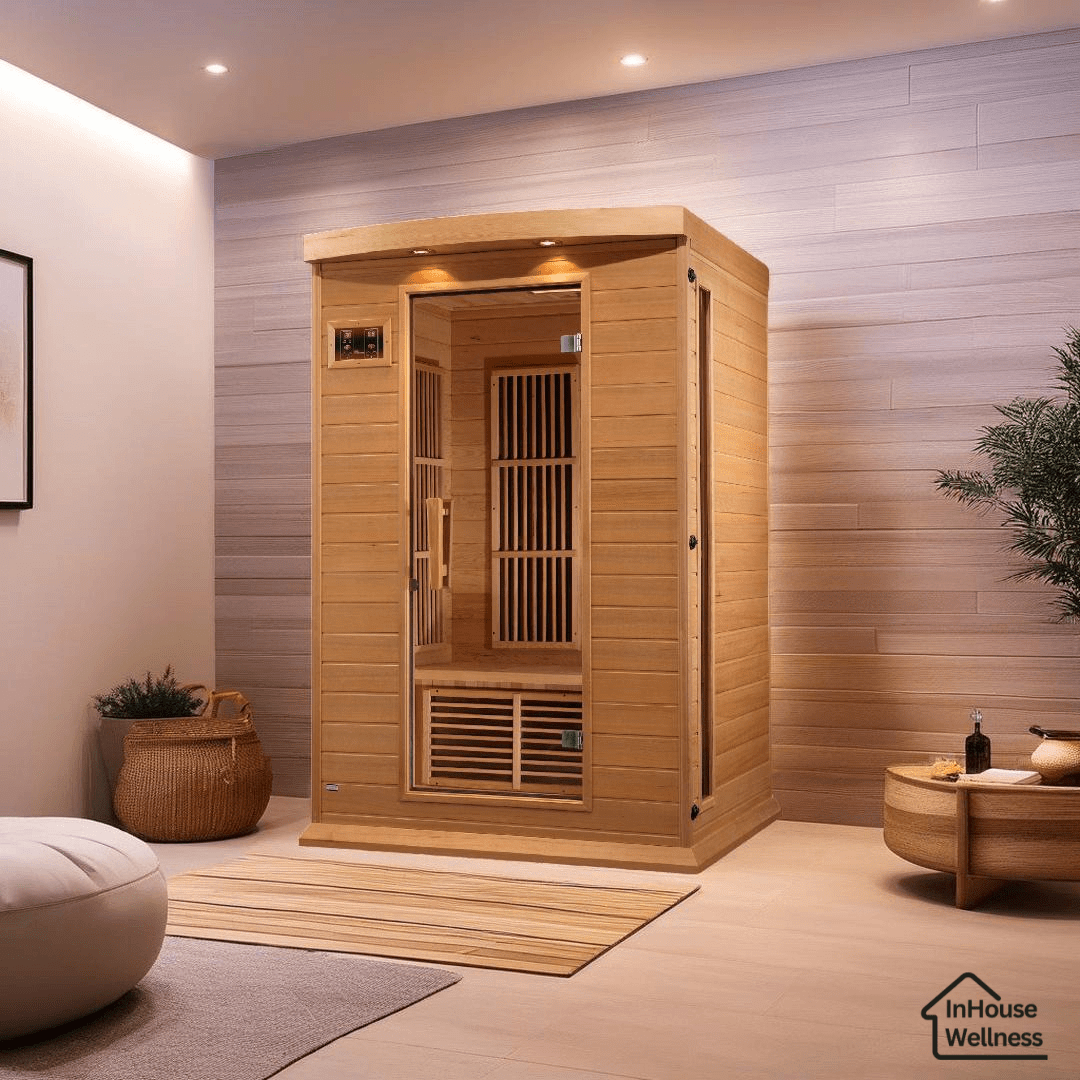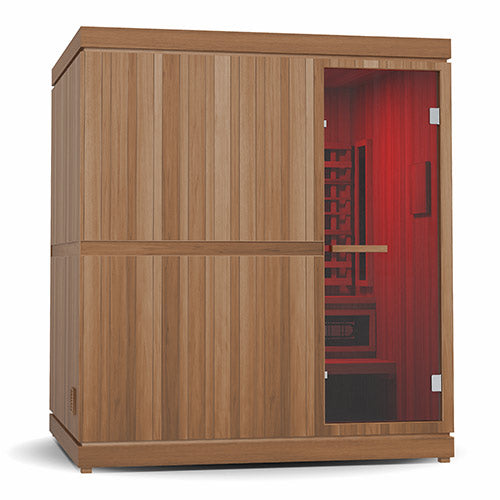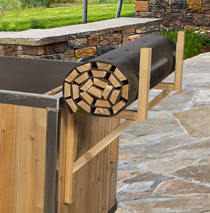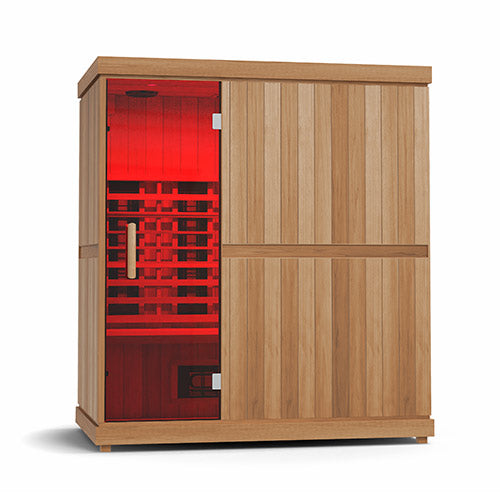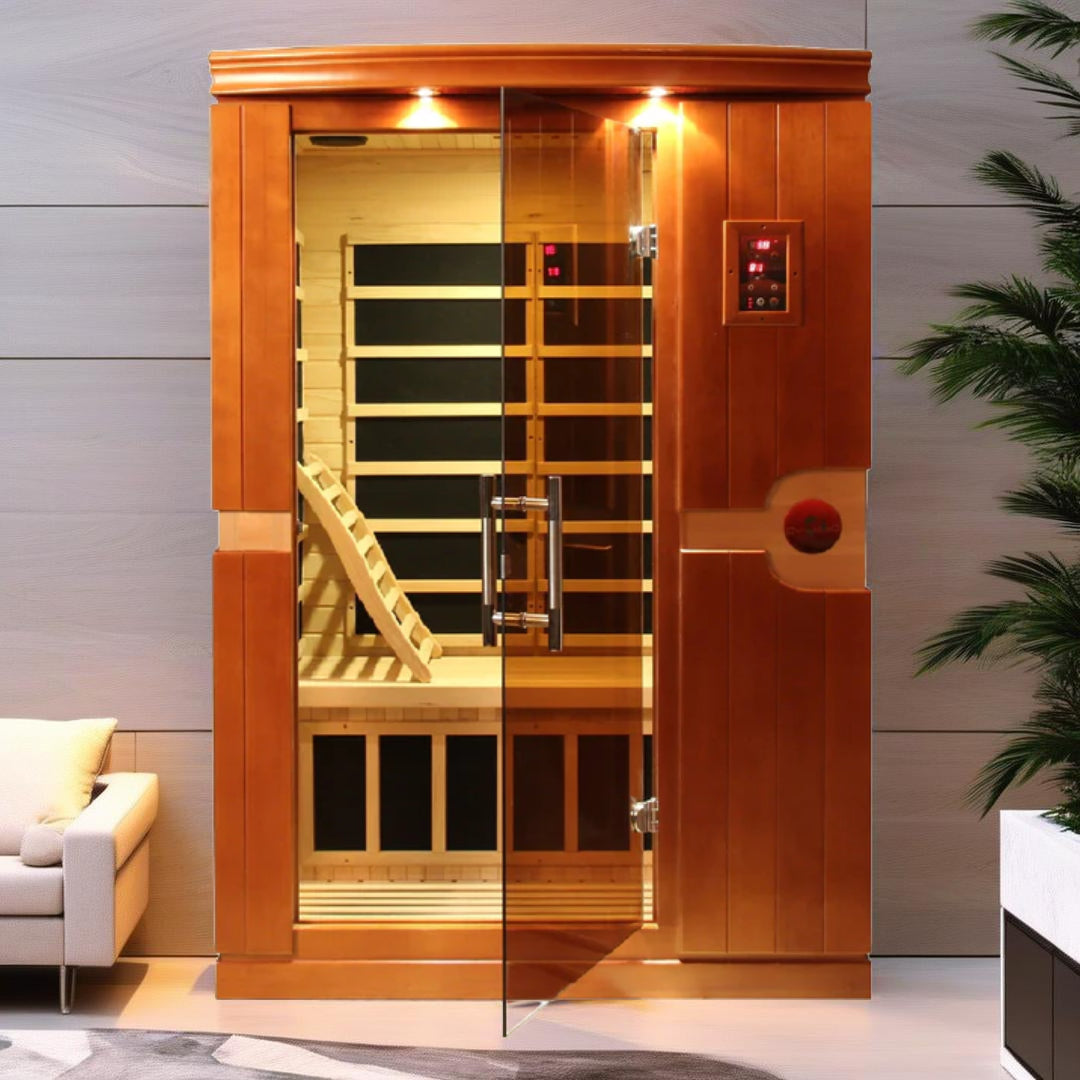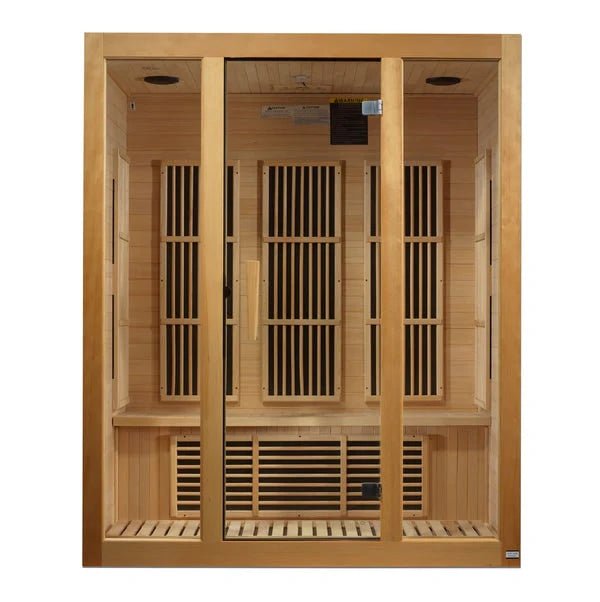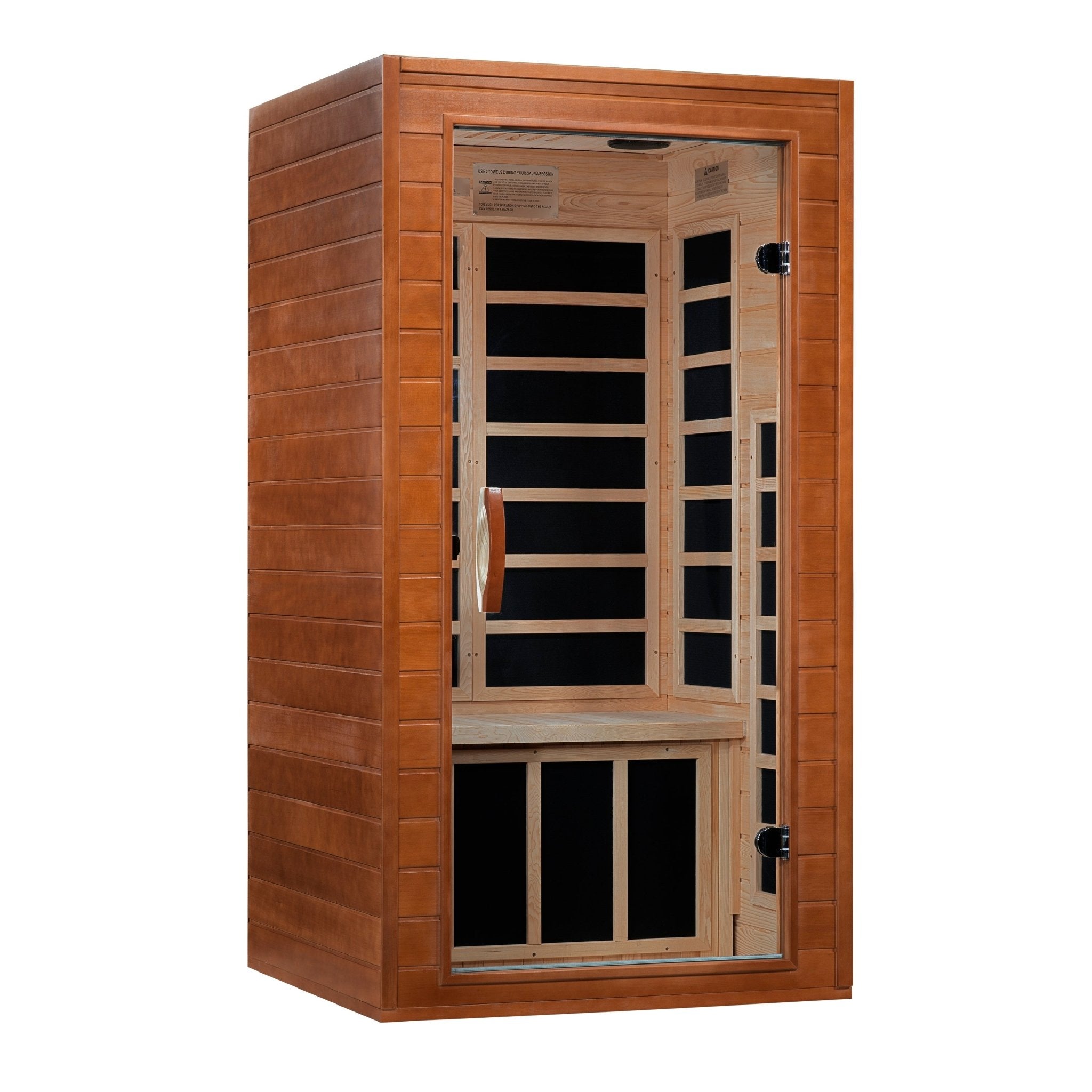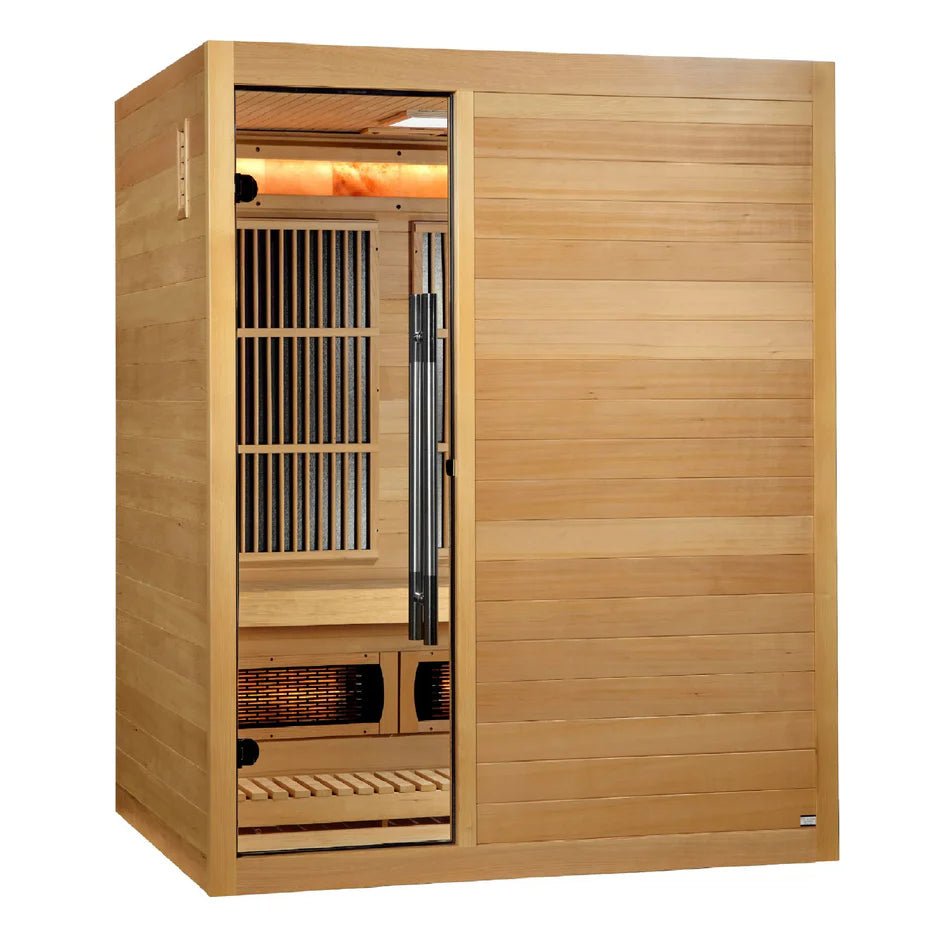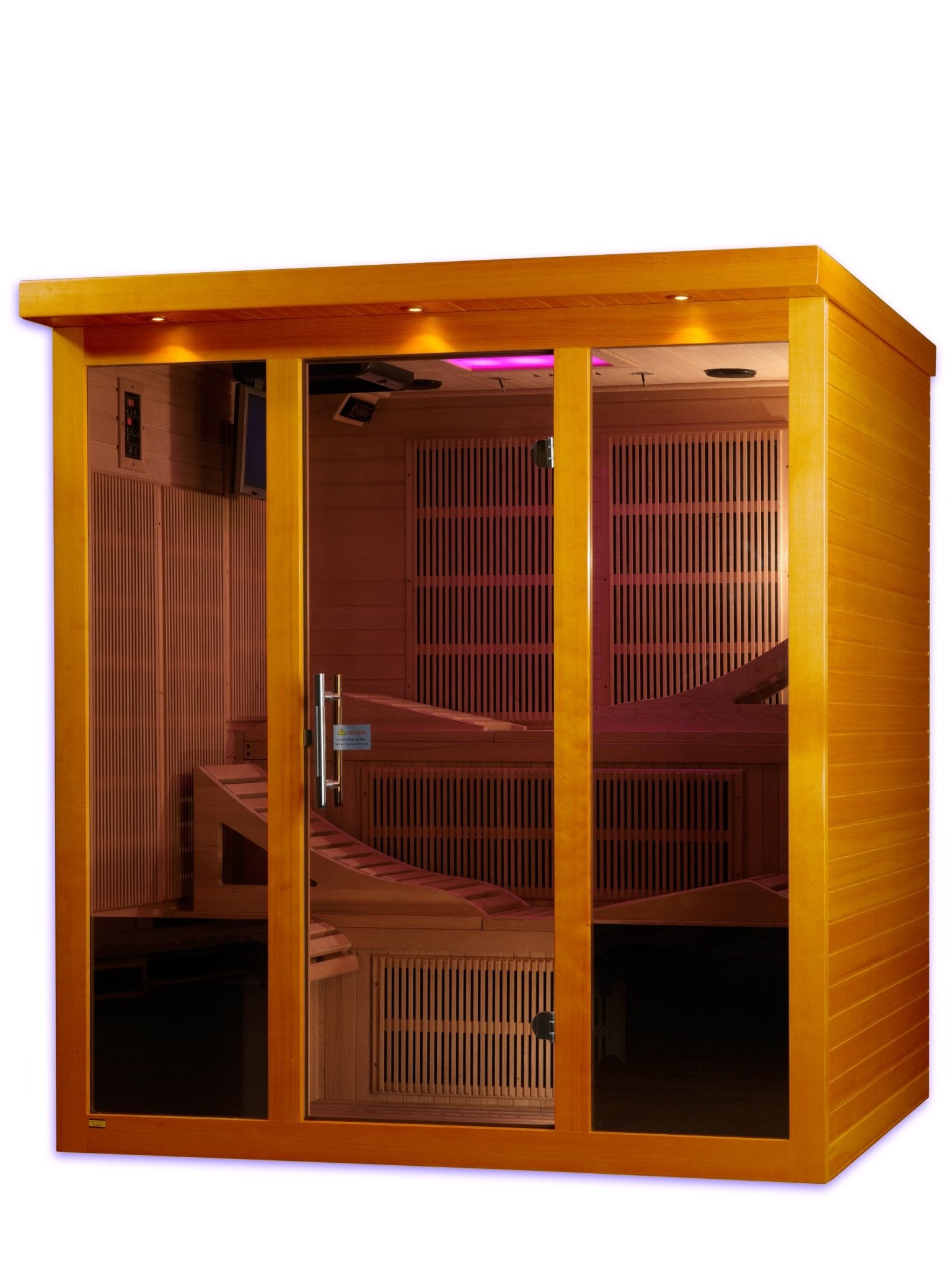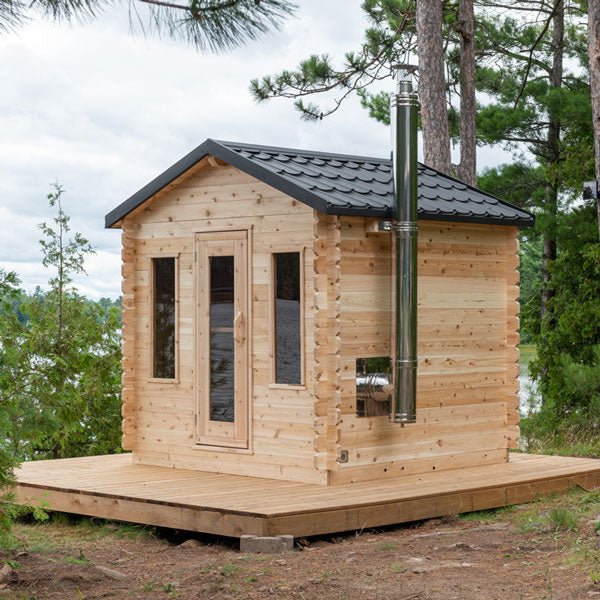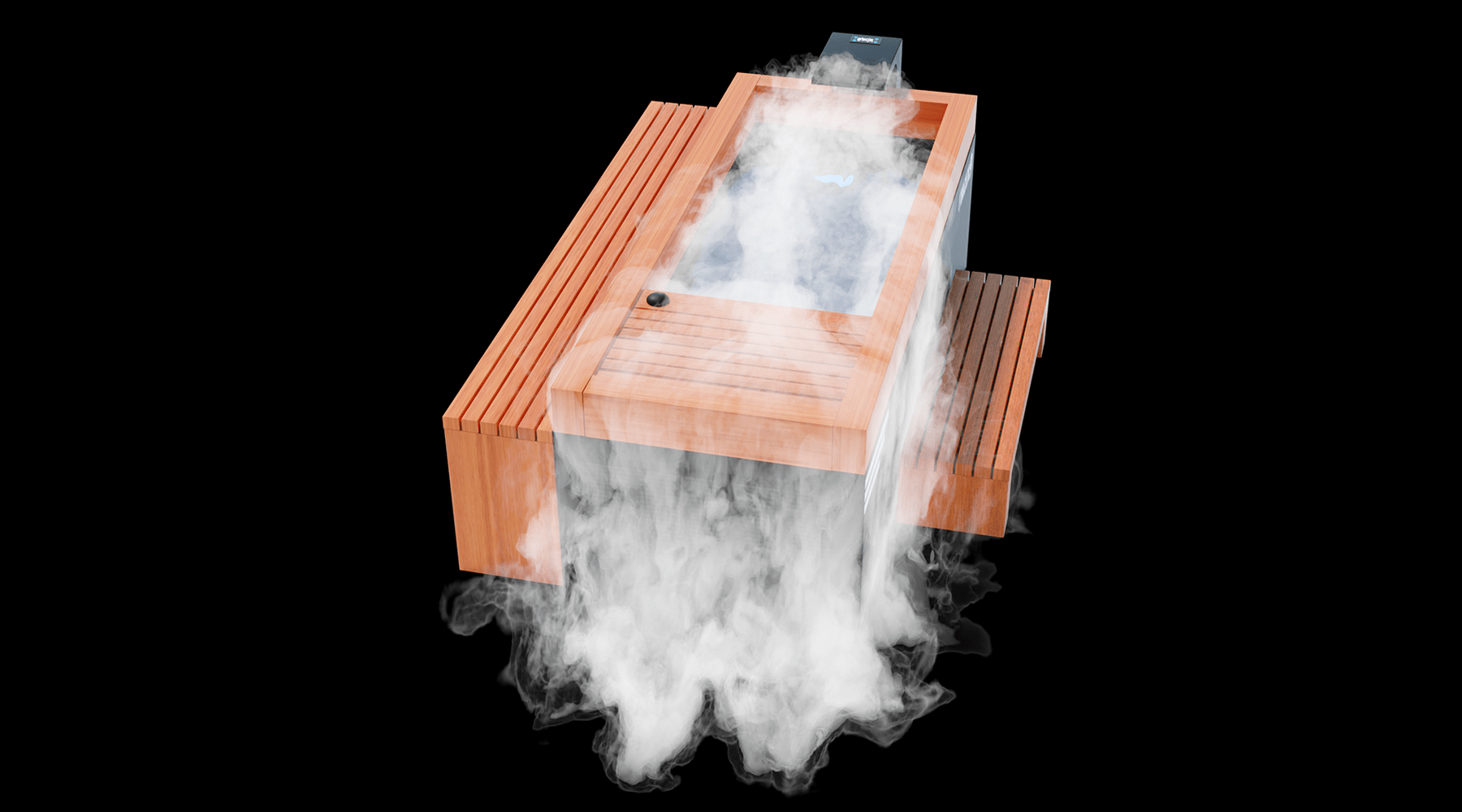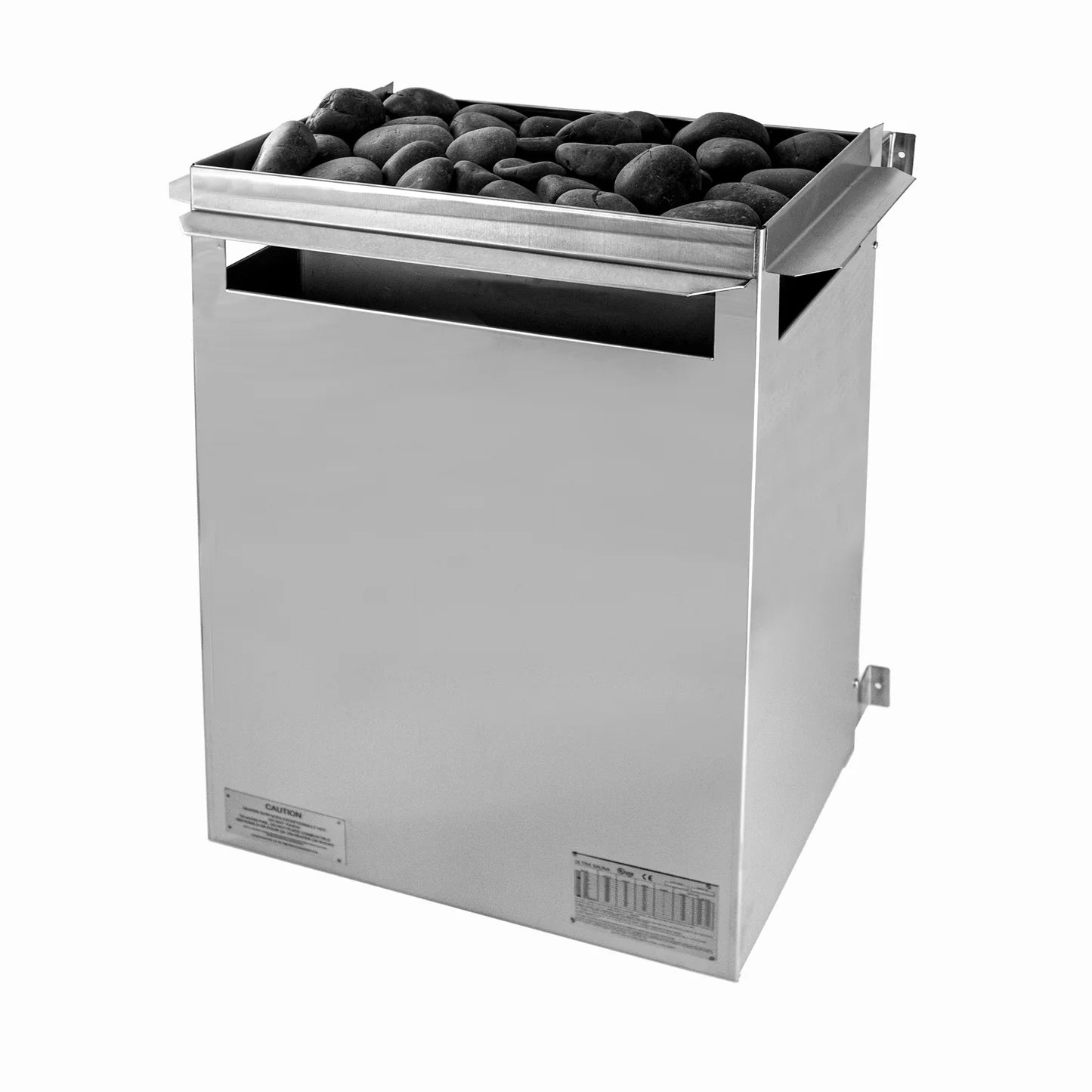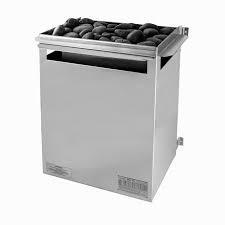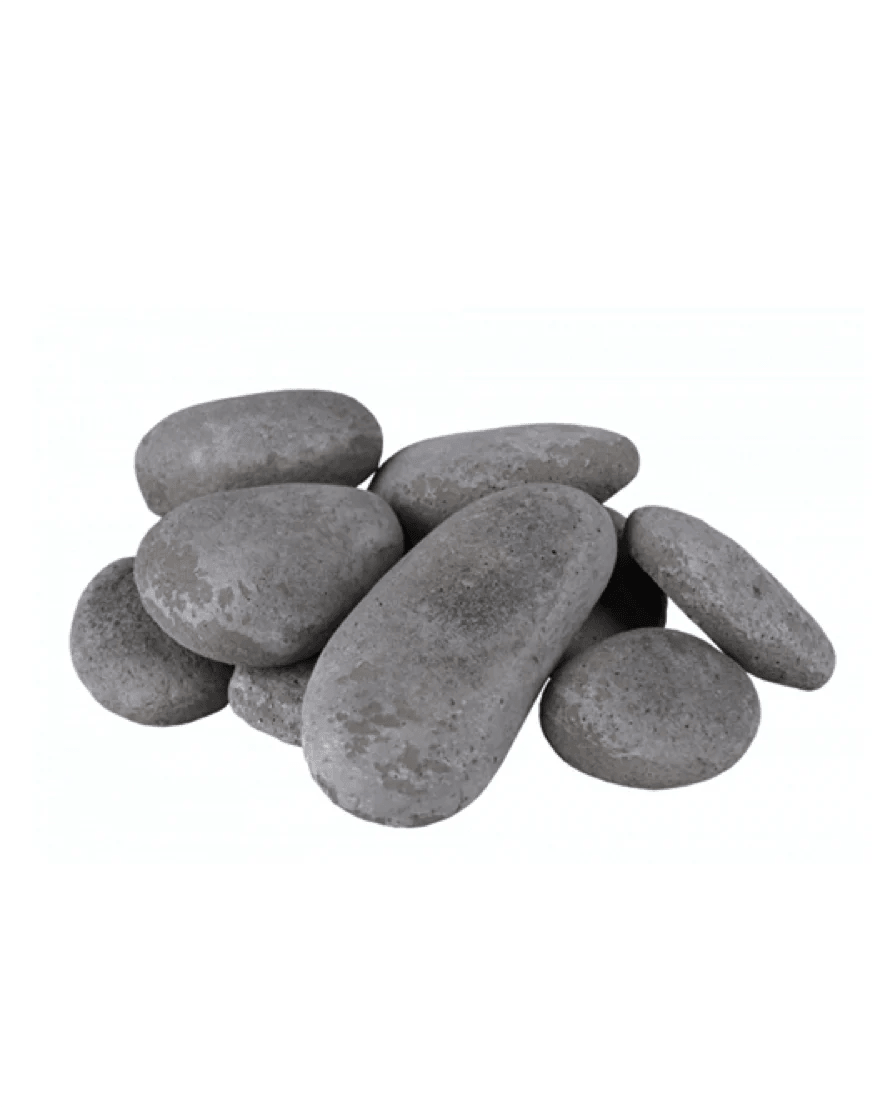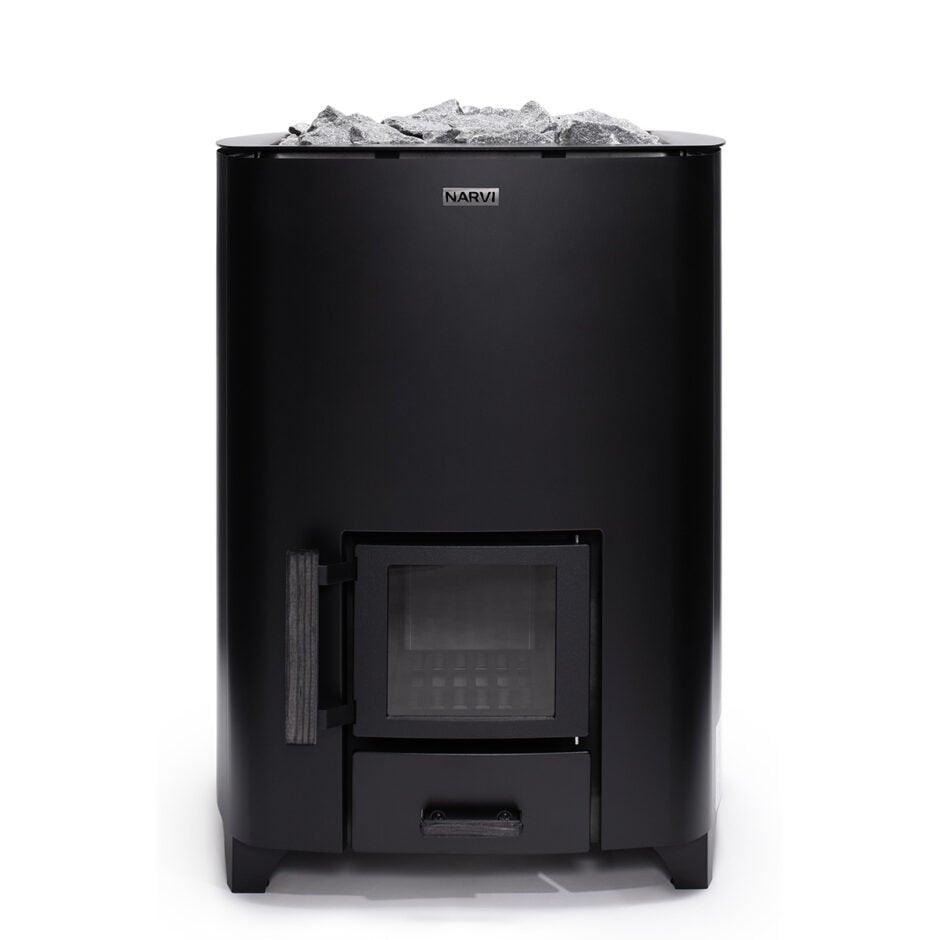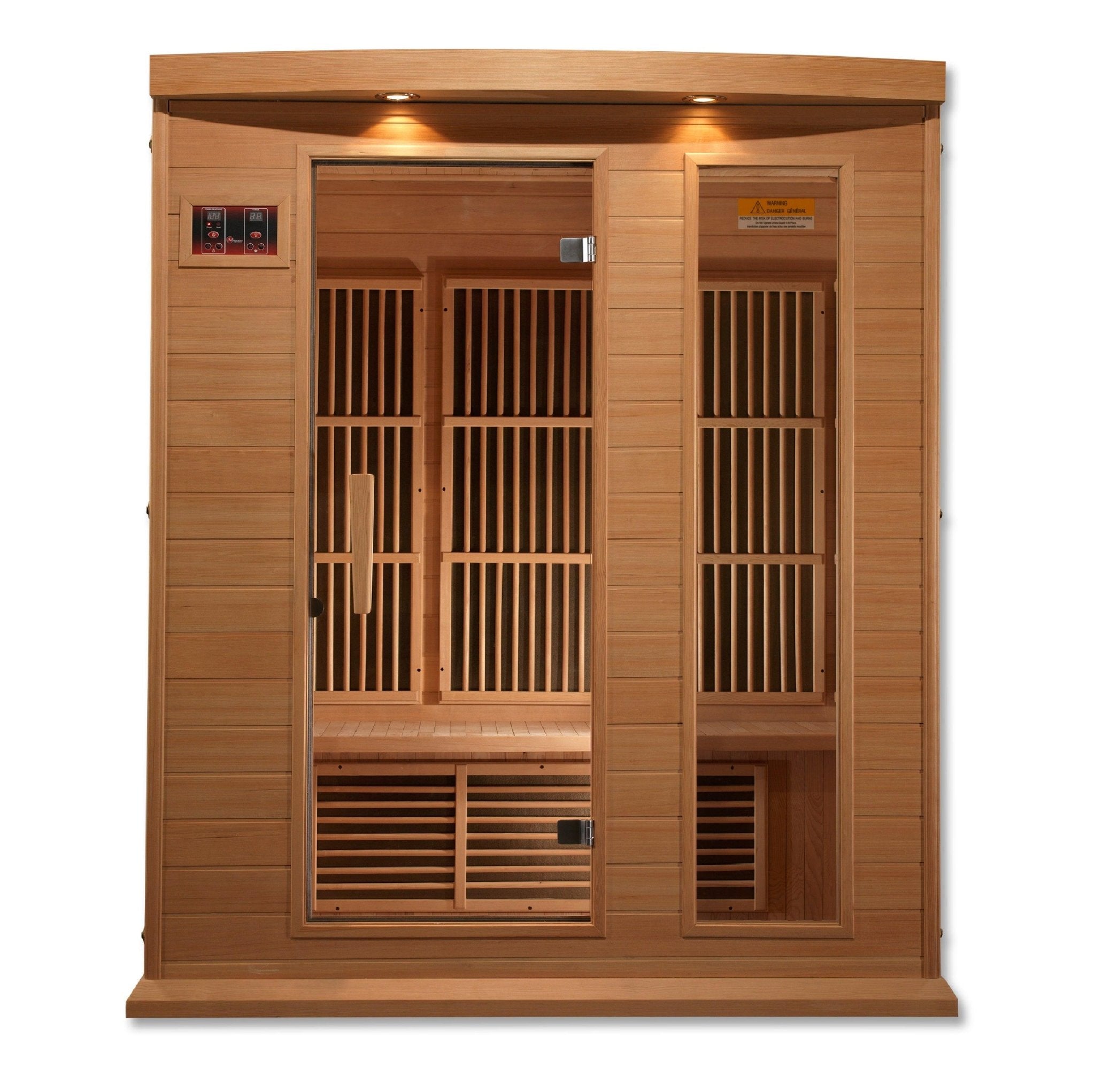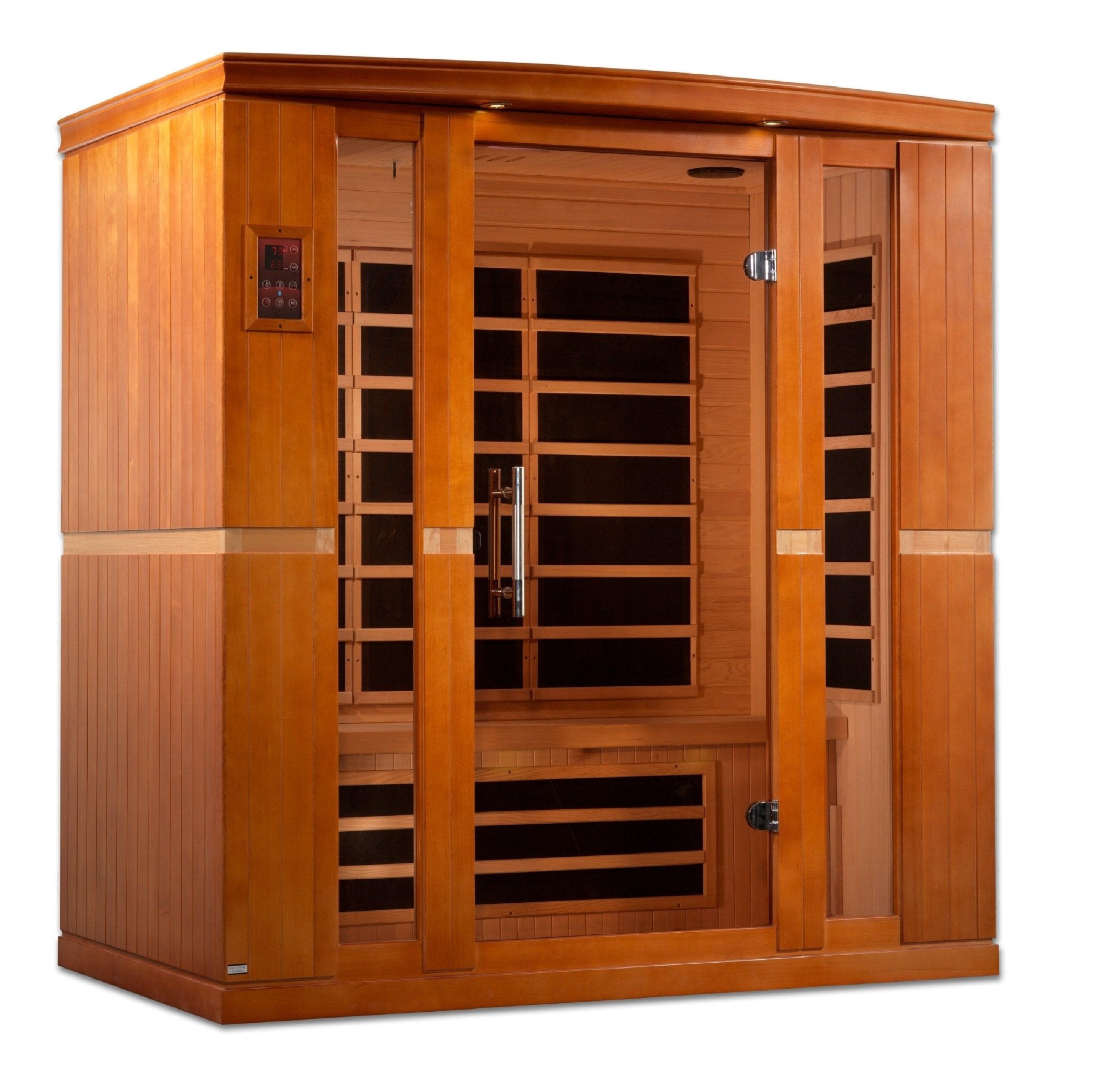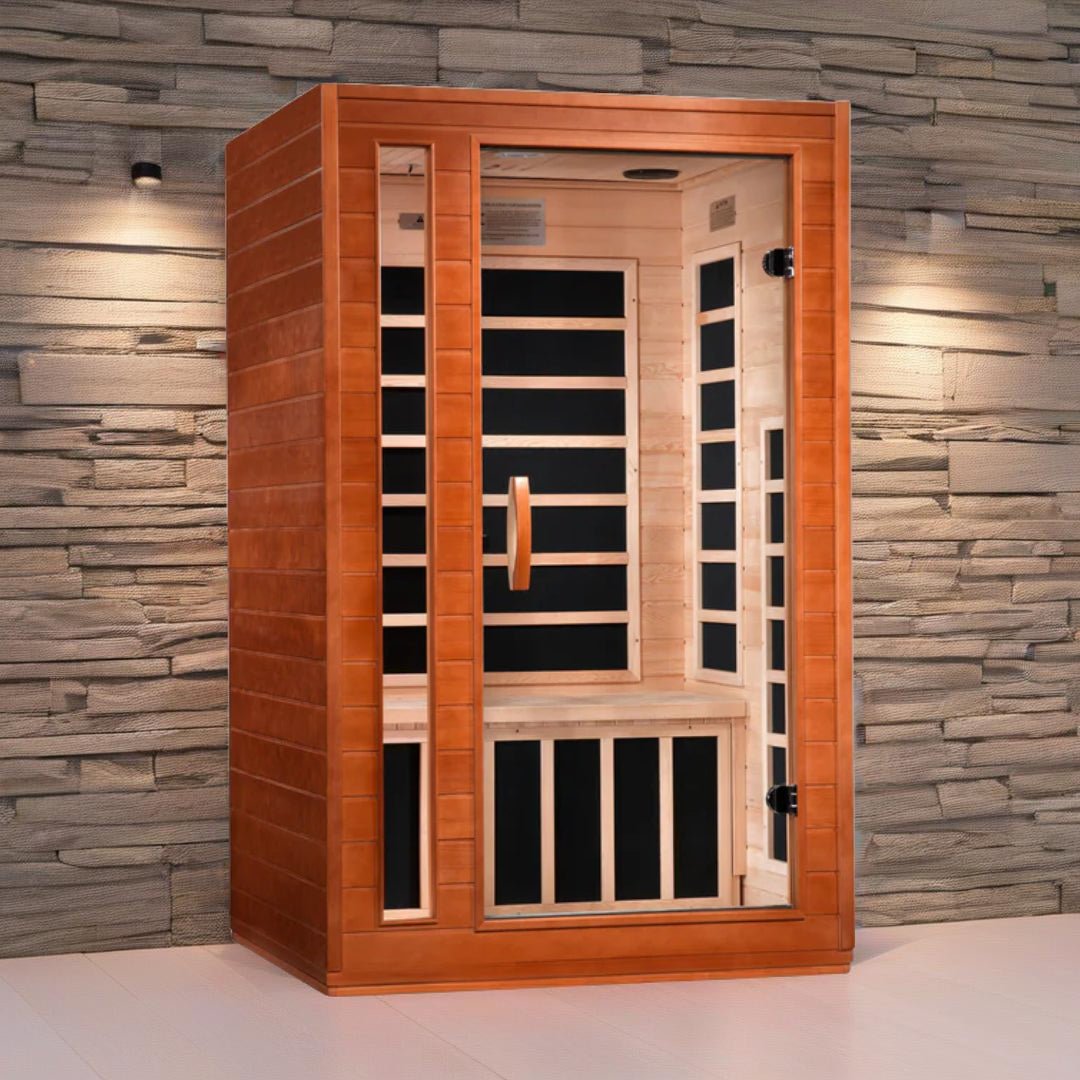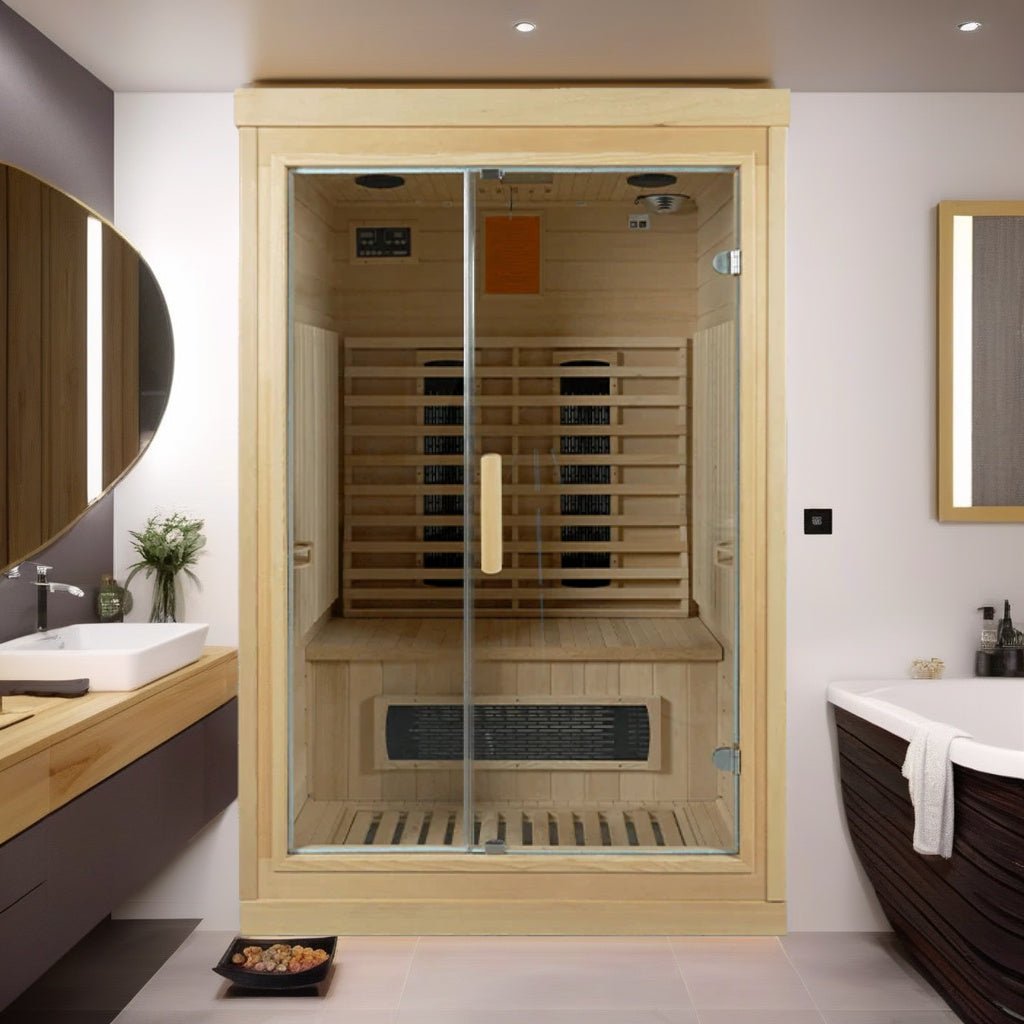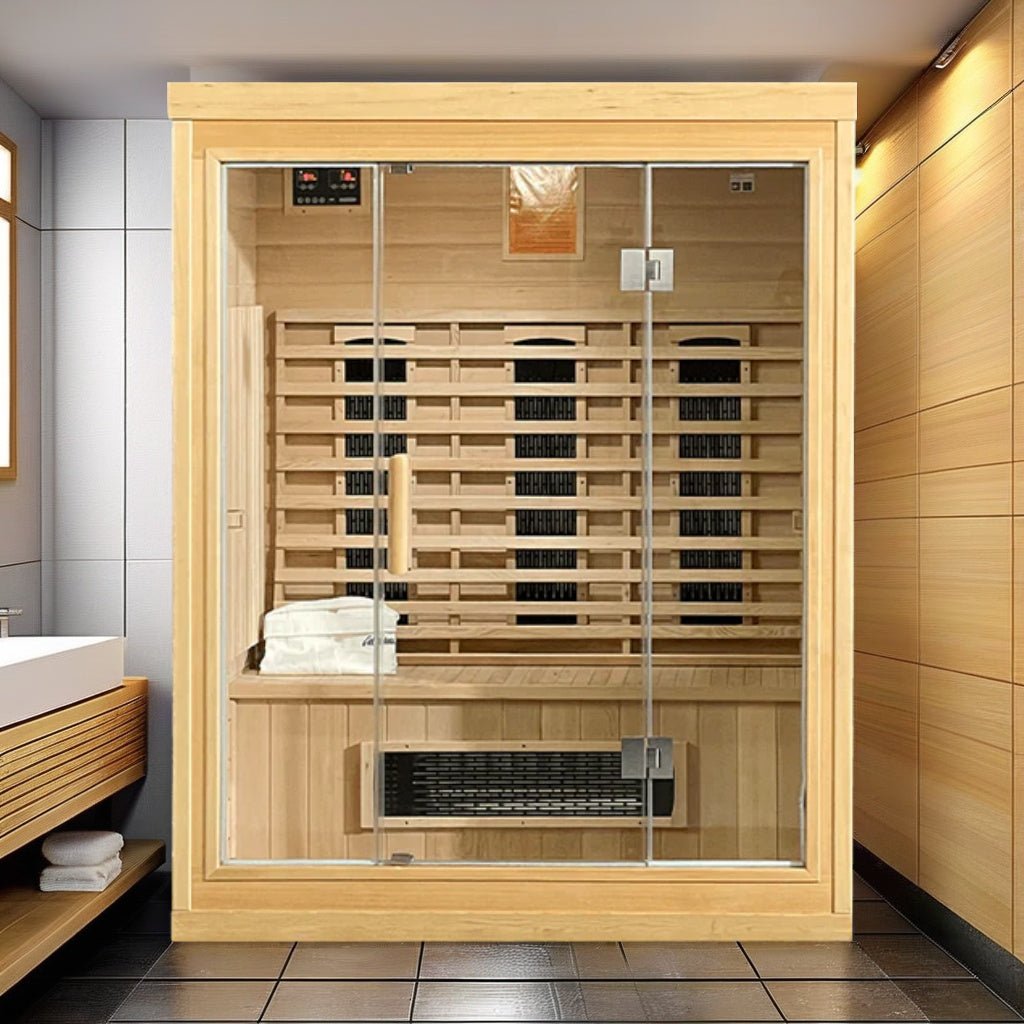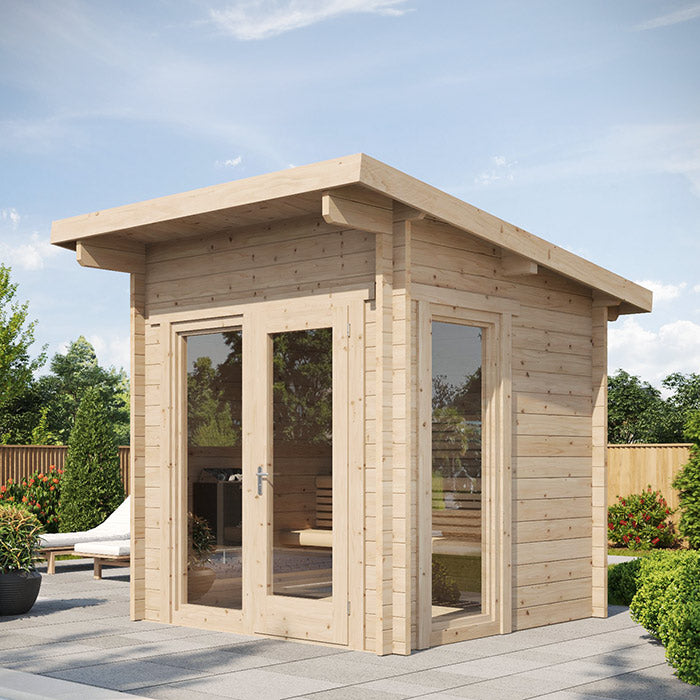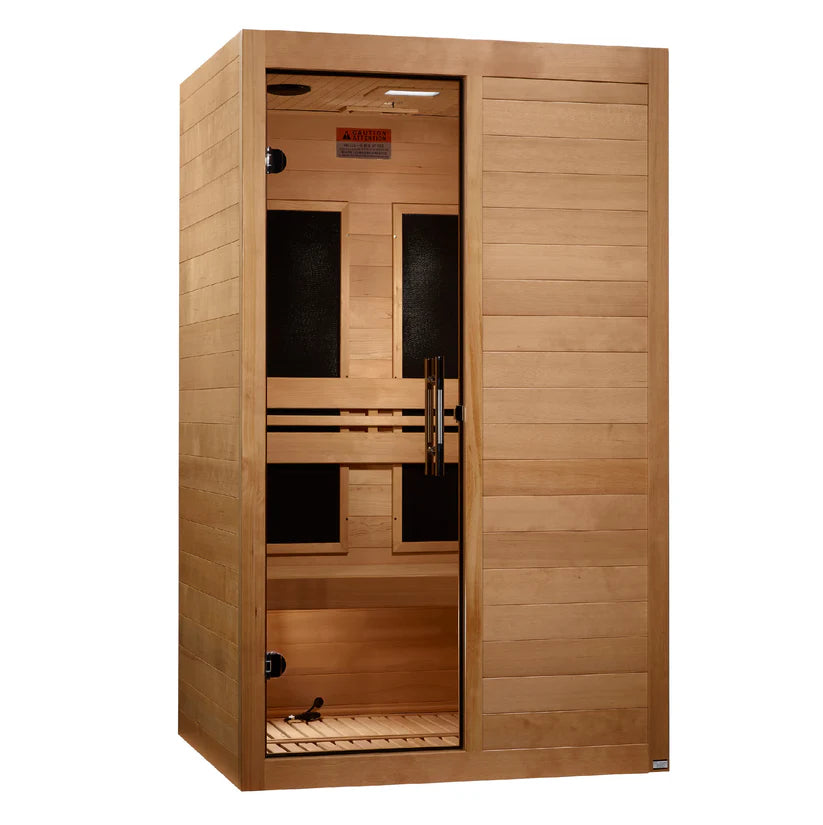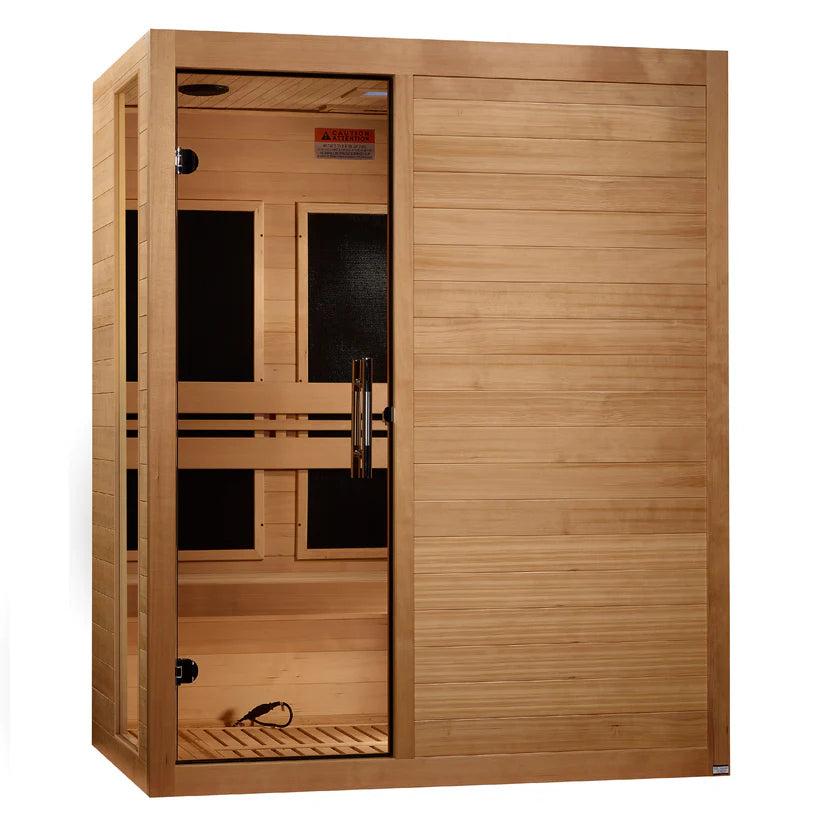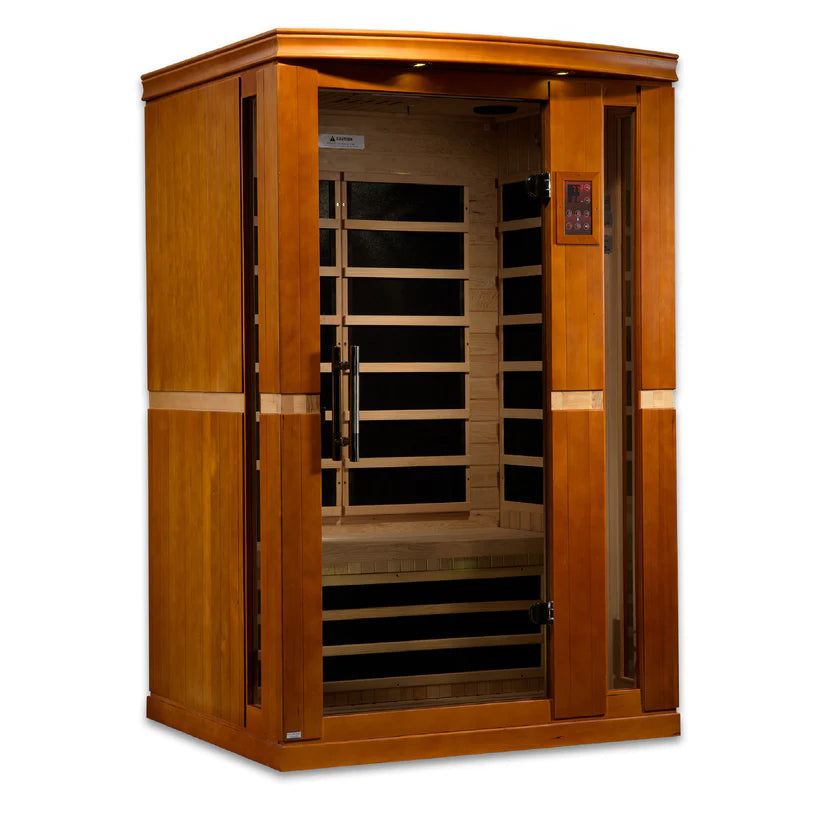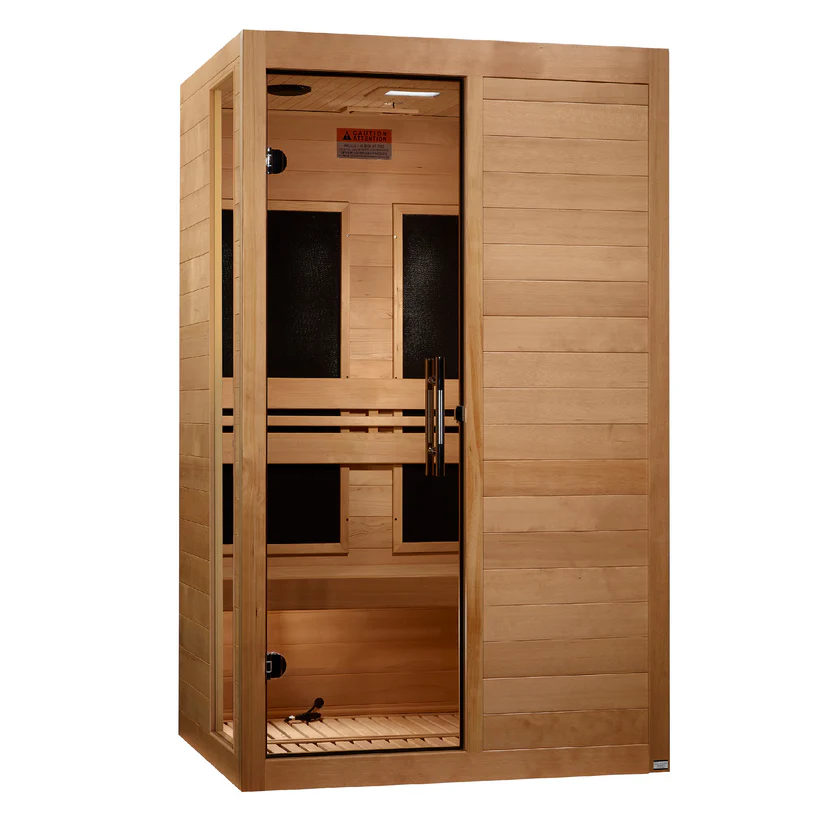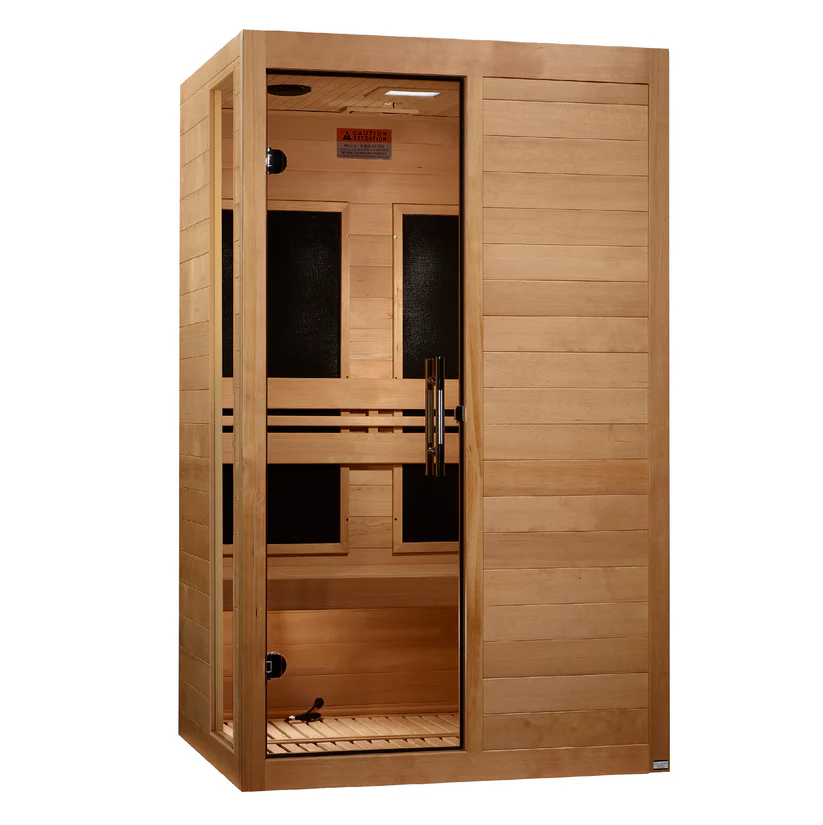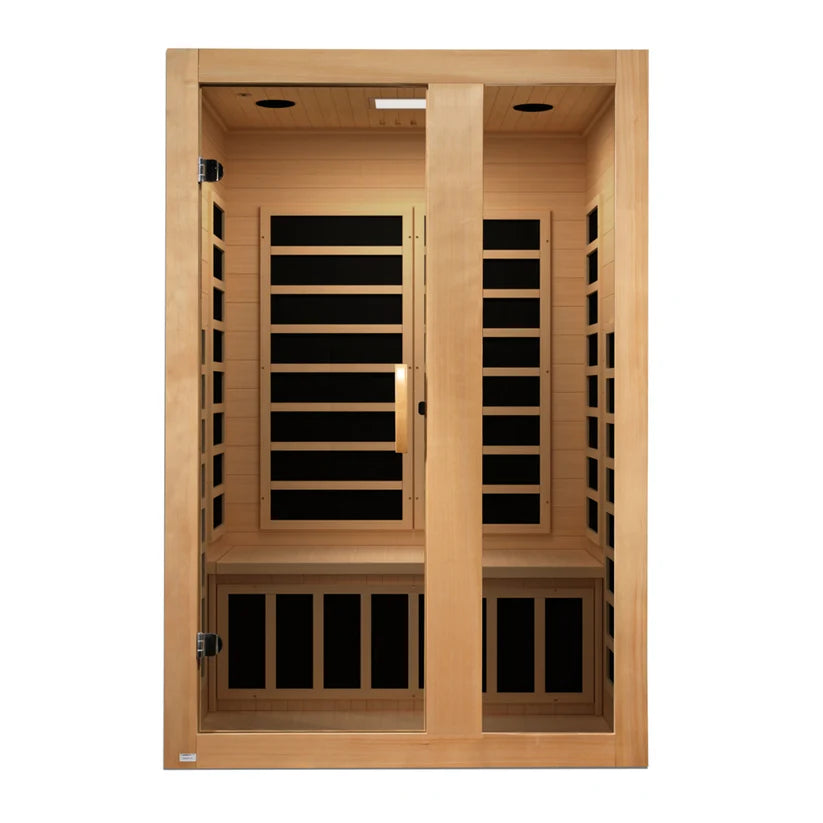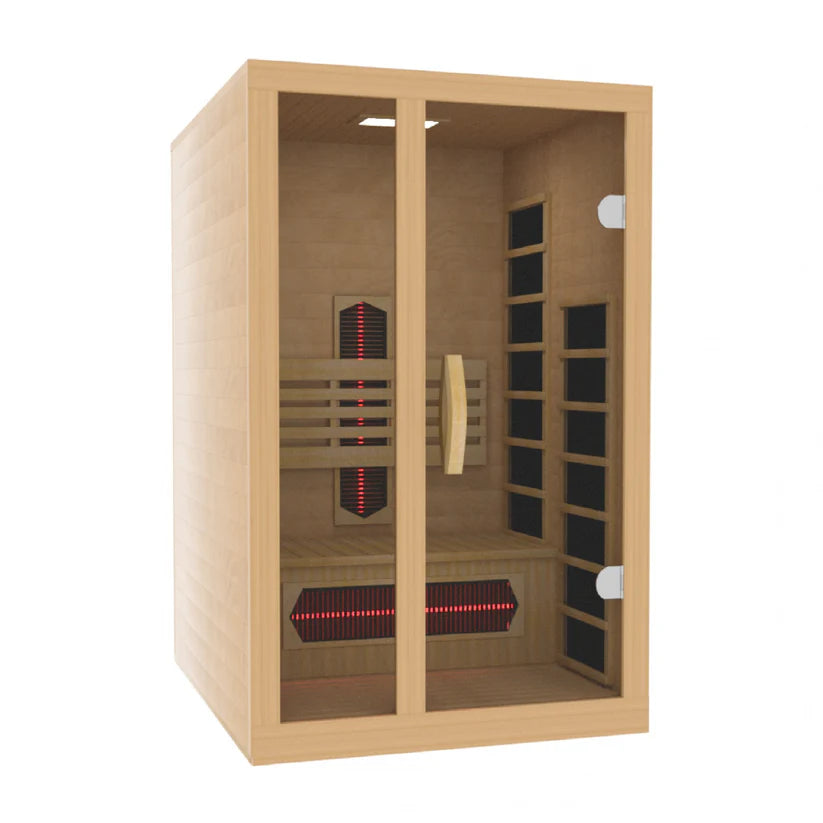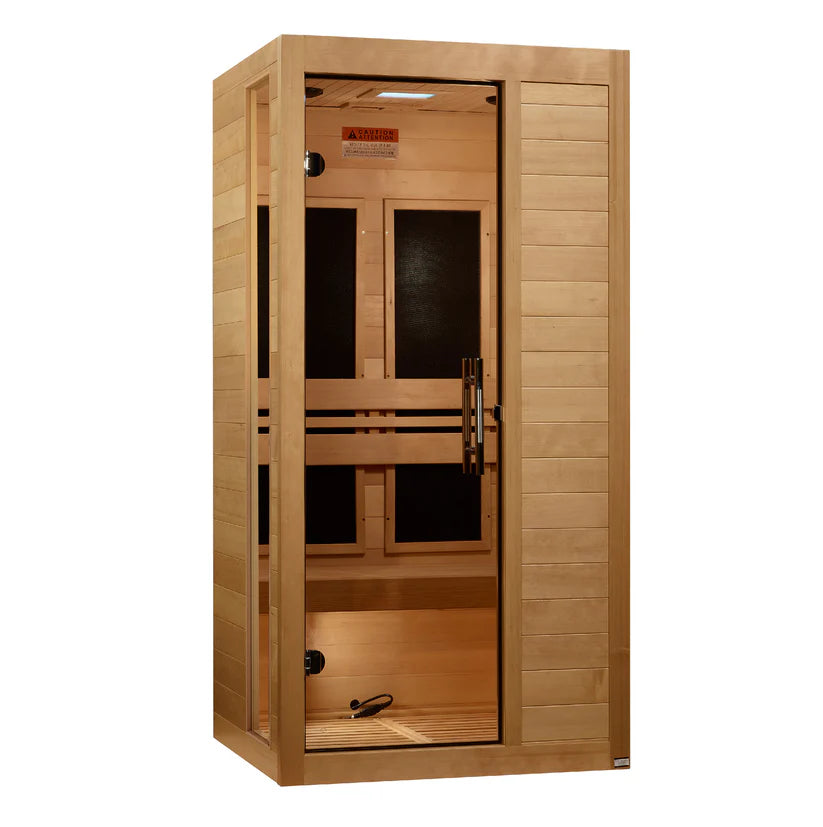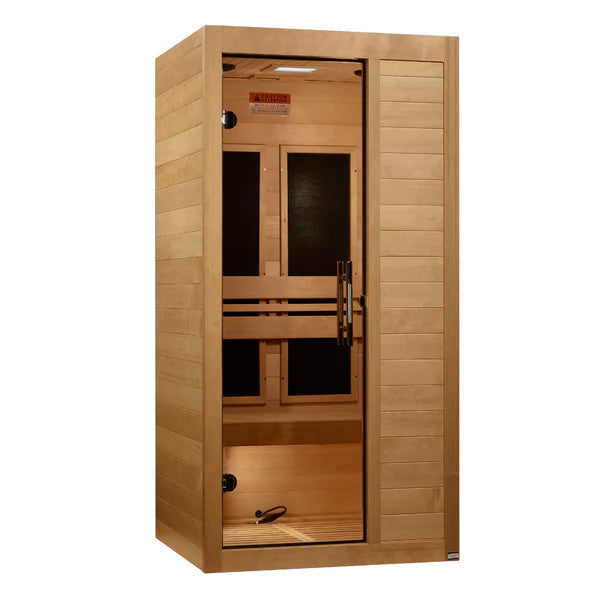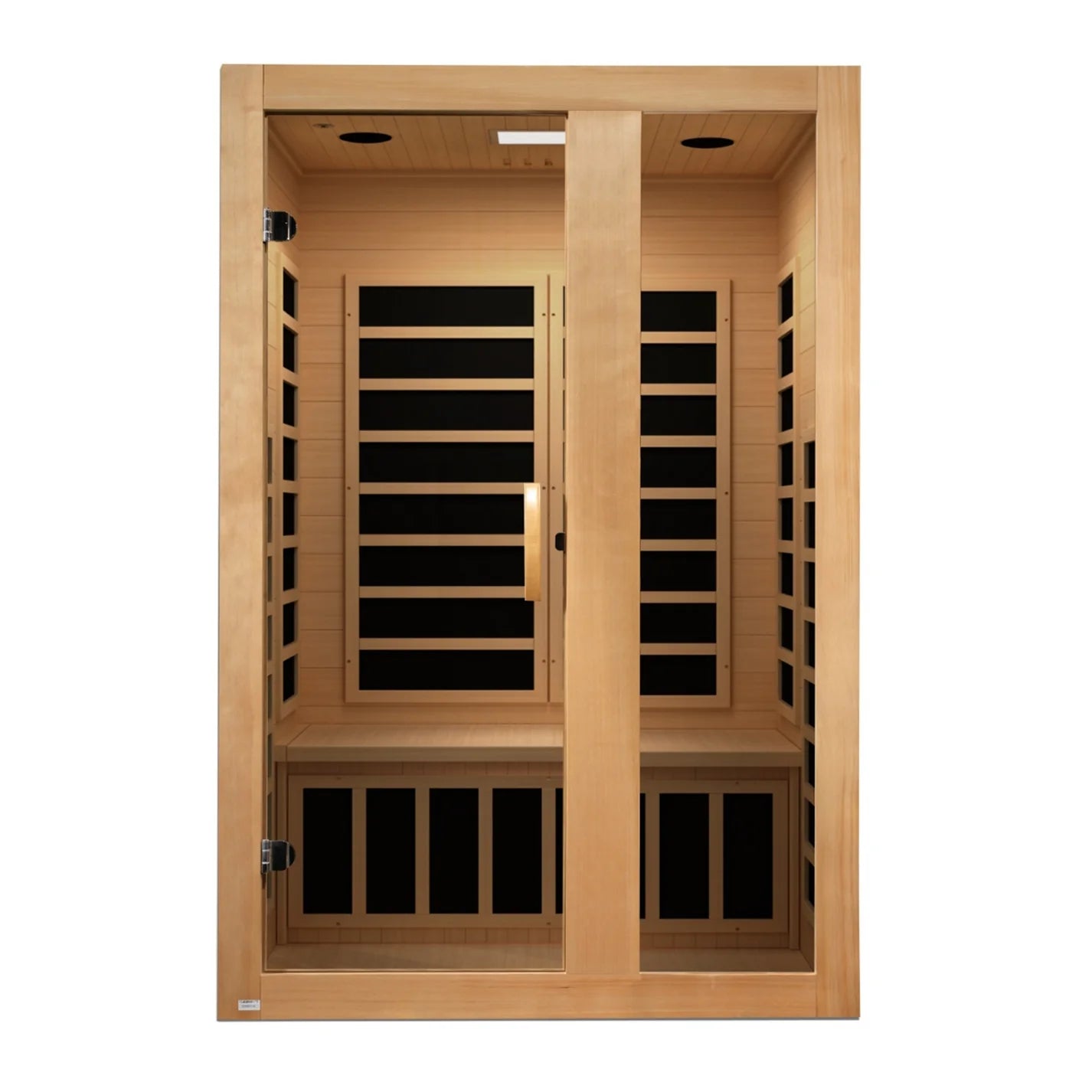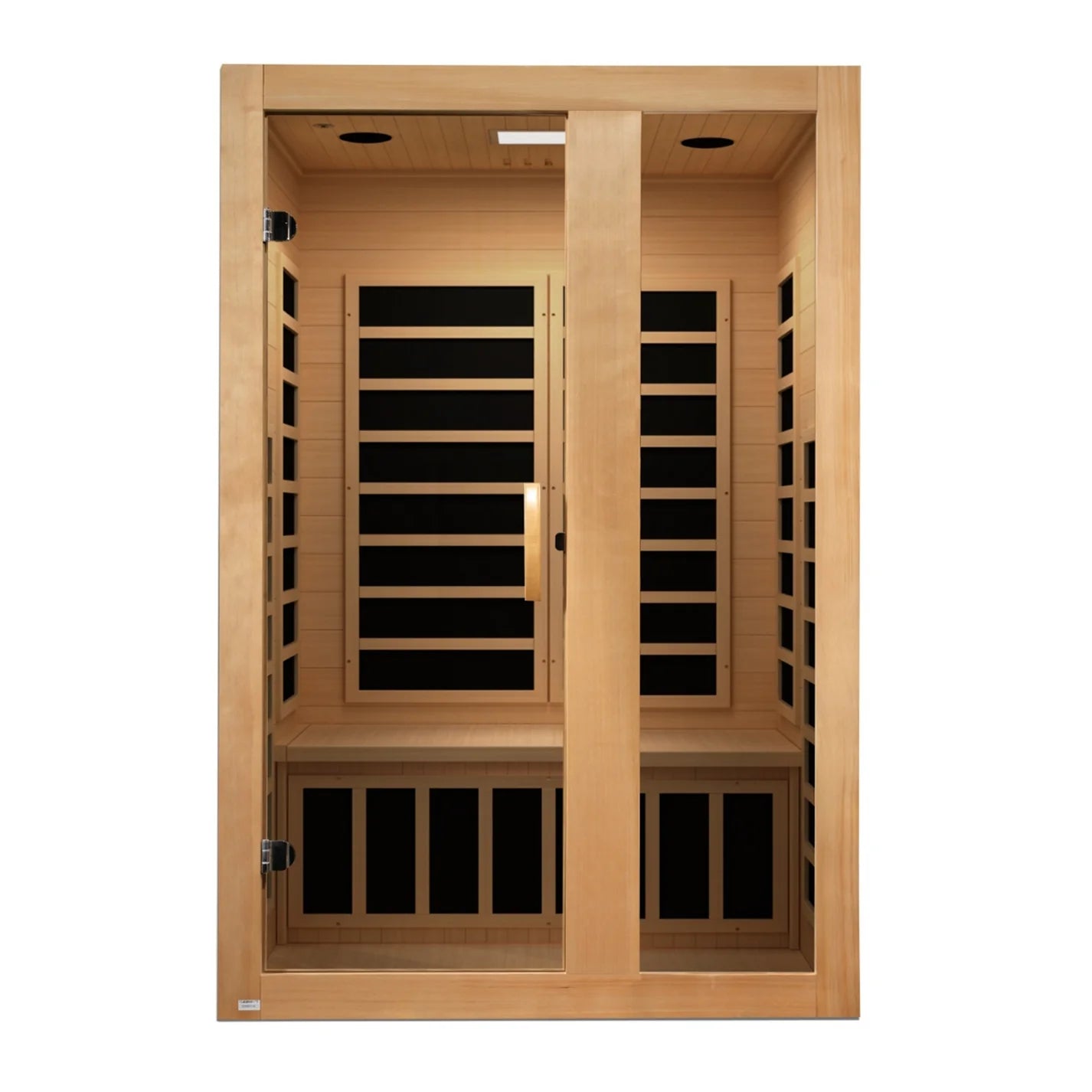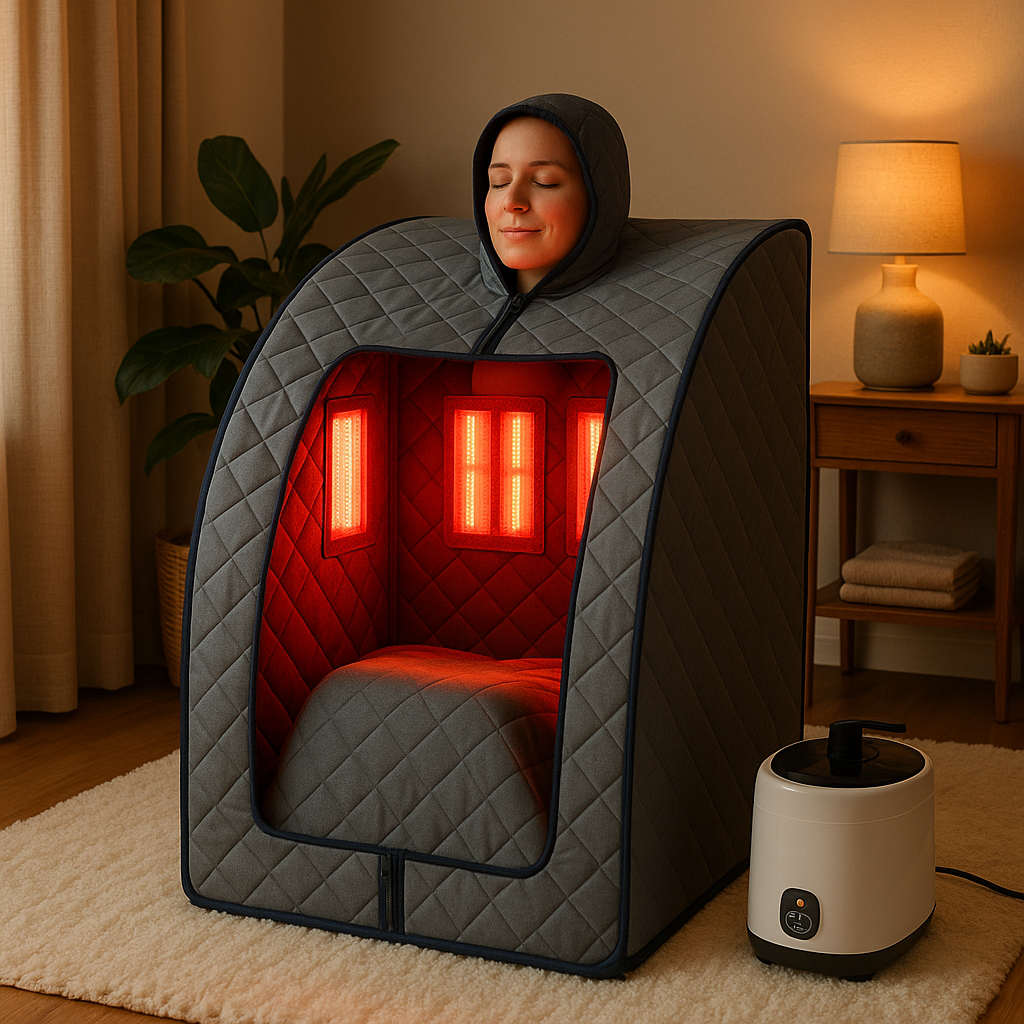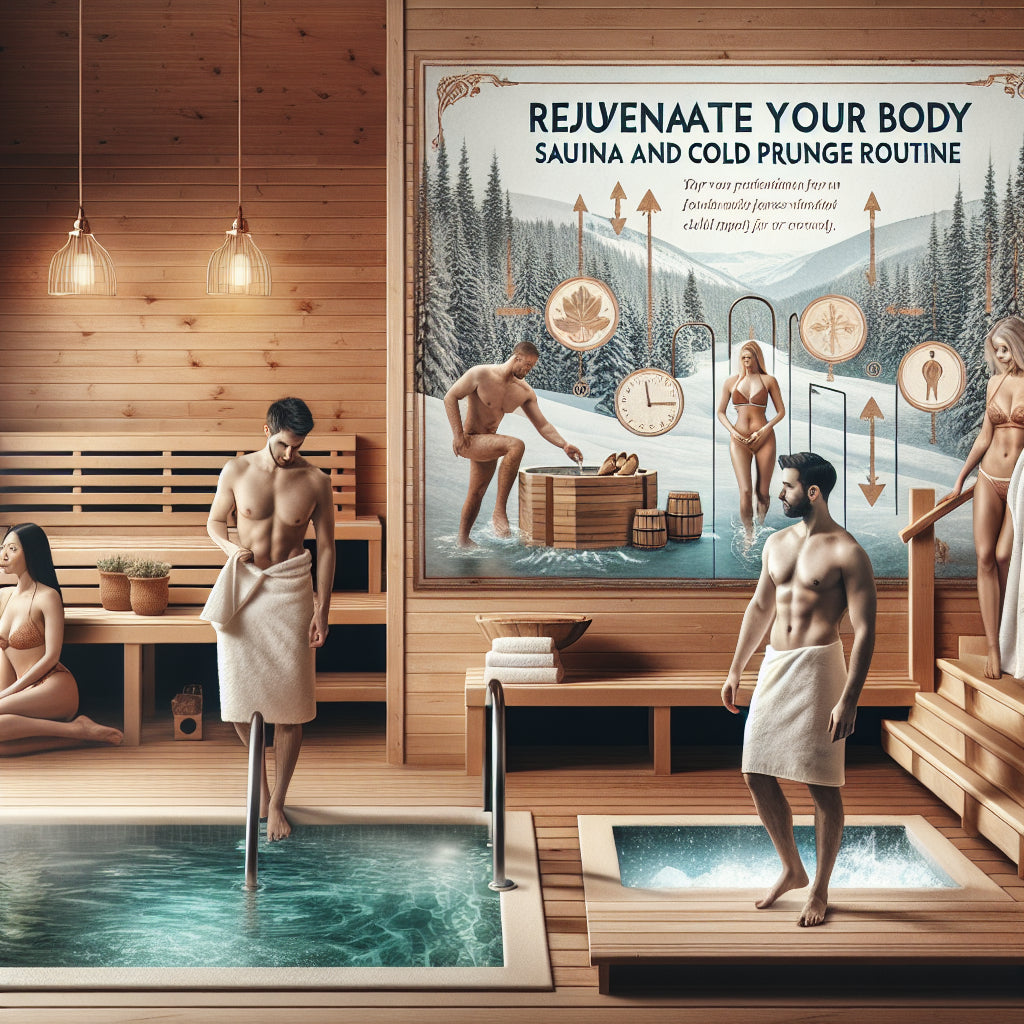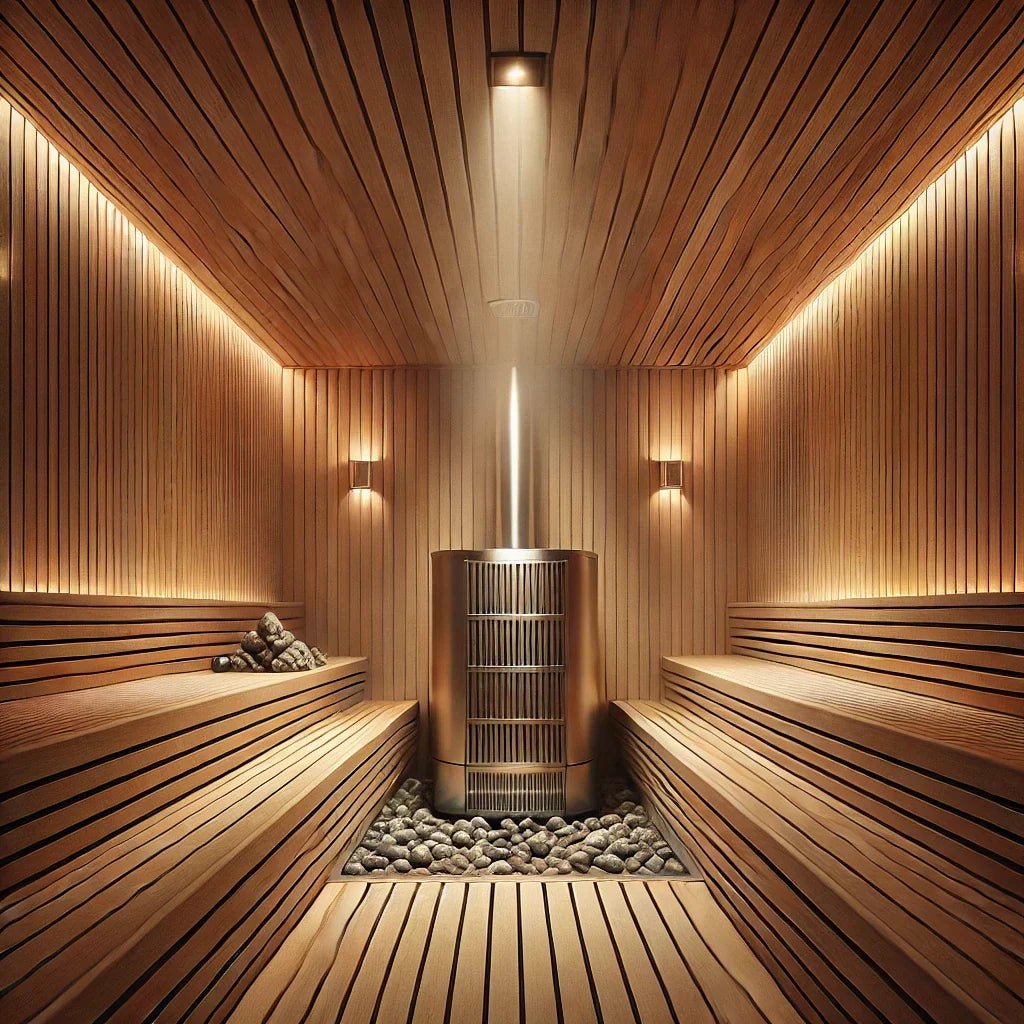
The Ultimate Guide to Sauna Heaters: Everything You Need to Know Before You Buy Sauna
Why the Right Sauna Heater Matters
Are you ready to buy sauna equipment and transform your home into a personal wellness sanctuary? You’re in good company—saunas are becoming increasingly popular among health-conscious Americans aged 30–60 who seek high-quality living and relaxation. But before you invest in a sauna, one critical factor demands your attention: the sauna heater.
Choosing the right sauna heater can be confusing. Do you go for an electric heater, a wood-burning model, or opt for an infrared system? How do you ensure that your sauna heater is both energy-efficient and capable of delivering the health benefits you crave? If these questions resonate with you, you’re not alone. Many first-time sauna buyers find themselves overwhelmed by the range of heater options.
In this article, we’ll clarify the different types of sauna heaters, why they matter for your well-being, and how to pick the one that aligns with your lifestyle. By the end, you’ll feel empowered to make an informed decision, so you can confidently buy sauna products knowing you’re getting the best value for your investment.
Understanding the Basics of Sauna Heaters
What Is a Sauna Heater?
A sauna heater is the central component of any sauna—it’s the device responsible for generating heat (and often steam) within the sauna cabin. The heater’s ability to reach and maintain high temperatures affects:
- Sweat production (key for detoxification and relaxation)
- Overall comfort (proper air circulation and heat distribution)
- Running costs (energy efficiency, fuel type, and usage frequency)
Why the Heater Choice Matters
When you buy sauna equipment, you’re not just making a financial investment—you’re investing in your long-term health. Studies published by the Mayo Clinic suggest that regular sauna use can help reduce stress, improve cardiovascular health, and promote relaxation. However, the type of heat source can influence how you experience these benefits. Different heaters offer different temperature ranges, humidity levels, and heat-up times.
If your sauna doesn’t consistently reach the ideal temperature (usually between 150°F and 195°F for traditional Finnish saunas), you may miss out on some of the best health benefits. Conversely, an inefficient or poorly designed heater may escalate your energy bills and lead to a less enjoyable sauna experience.
Types of Sauna Heaters
When looking to buy sauna accessories, it’s vital to understand the core types of heaters available. Each type comes with its own pros and cons, so let’s break them down.
1. Electric Sauna Heaters
Overview
Electric heaters are the most common choice among modern homeowners because they are:
- Easy to install—often just plug and go (although you might need a dedicated circuit).
- Low-maintenance—no need to worry about wood or gas connections.
- Fast to heat up—some models can reach desired temperatures in under 30 minutes.
Benefits
- Temperature Control: Most electric heaters have digital thermostats, allowing precise temperature management.
- Safety Features: Automatic shut-off mechanisms are common, preventing overheating.
- Space-Saving: Electric units are often compact, fitting seamlessly into smaller sauna cabins.
Things to Consider
- Power Requirements: You may need to upgrade your electrical panel to accommodate the heater’s wattage.
- Ongoing Energy Costs: Regular use can lead to higher electricity bills, though energy-efficient models can mitigate this.
2. Wood-Burning Sauna Heaters
Overview
Nothing beats the rustic charm of a wood-burning heater if you crave an authentic Finnish sauna experience. These heaters use firewood as the fuel source and create a distinctive “crackling” sound and aroma.
Benefits
- Atmosphere: The soft glow and scent of burning wood contribute to a calming ambiance.
- Heat Retention: Wood-fired stoves can maintain heat for extended periods, which is ideal for longer sauna sessions.
- Off-Grid Capability: Perfect for remote cabins or outdoor setups without reliable electricity.
Things to Consider
- Maintenance: Wood-burning stoves require more hands-on care, including regular ash removal and chimney upkeep.
- Local Regulations: Some municipalities have strict rules about wood-burning appliances. Check local codes before installation.
- Fuel Costs: You’ll need to consistently purchase or source firewood.
3. Infrared Sauna Heaters
Overview
Unlike traditional heaters that warm the air, infrared panels emit infrared light, which penetrates the skin directly. Infrared saunas typically operate at lower temperatures (around 120°F to 140°F) but can offer significant health advantages.
Benefits
- Deep Muscle Relief: Infrared waves may soothe joint and muscle pain more effectively, according to a study in the Journal of Clinical Rheumatology.
- Lower Heat Tolerance Required: If you find high temperatures uncomfortable, an infrared sauna might be more pleasant.
- Energy Efficiency: Infrared heaters often use less electricity than traditional electric heaters.
Things to Consider
- Longer Heat-Up Time: The cabin might not feel as immediately warm, even though you experience deep heat penetration.
- Potential Lack of Steam: If you love the burst of steam from pouring water over sauna rocks, an infrared sauna won’t replicate that.
Scientific Evidence: Why Saunas and the Right Heater Matter
A growing body of research supports the health benefits of regular sauna sessions, including:
-
Cardiovascular Health
- A Finnish study in the Journal of the American College of Cardiology found that frequent sauna bathing was associated with a lower risk of cardiovascular-related mortality.
-
Stress Reduction
- The Harvard Health blog reports that elevated heat helps reduce stress by inducing relaxation and promoting the release of endorphins.
-
Pain Relief and Muscle Recovery
- Infrared therapy has been researched for potential pain relief in conditions like rheumatoid arthritis and fibromyalgia. Regular sessions might aid in muscle relaxation and faster recovery.
These findings illustrate the importance of having a reliable heater to achieve the recommended temperatures and experiences necessary for optimal wellness outcomes.
Practical Tips for Choosing Your Sauna Heater
1. Determine Your Sauna Size and Location
- Room Dimensions: Measure your sauna space to ensure the heater you choose can effectively heat the area.
- Indoor vs. Outdoor: Outdoor saunas might require heaters with higher wattage or protective features against the elements.
2. Consider Your Lifestyle and Preferences
- Usage Frequency: If you plan to use your sauna daily, investing in a top-tier, energy-efficient heater could lower long-term costs.
- Ambiance: Love the crackle of wood? Go wood-burning. Prefer instant heat and easy controls? Electric might be best. Want lower temperatures but deeper penetration? Try infrared.
3. Check Energy Efficiency Ratings
Look for models with certifications such as Energy Star (where applicable) and read reviews for real-world performance. High-efficiency heaters may cost more initially but can save you money over time.
4. Evaluate Maintenance Needs
- Electric Heaters: Minimal cleaning, but keep an eye on heating elements for wear.
- Wood-Burning Stoves: Clean the ash pan regularly, maintain the chimney, and store firewood properly.
- Infrared Panels: Wipe them down periodically, watch for loose wiring or panel damage.
5. Consult Professionals
When in doubt, consult a sauna specialist or licensed electrician, especially if you need to modify electrical systems or ventilation. Expert advice can prevent costly mistakes.
Key Benefits You’ll Enjoy With the Right Sauna Heater
-
Enhanced Relaxation and Stress Relief
- Enjoy the soothing ambiance and let the heat melt away tension.
-
Improved Cardiovascular Health
- Regular sauna sessions can support heart function and blood circulation.
-
Muscle Recovery and Pain Management
- Heat therapy aids in muscle repair, joint relief, and overall physical rejuvenation.
-
Detoxification
- Sweating helps flush out impurities, promoting clearer skin and better bodily function.
-
Increased Home Value
- A well-chosen, aesthetically pleasing sauna can boost your property’s appeal and resale value.
Conclusion: Ready to Buy Sauna Equipment? Choose Wisely
Investing in a sauna is not just about choosing a wooden box—it’s about elevating your lifestyle and personal well-being. But the key to maximizing your investment lies in selecting the right sauna heater. Whether you choose an electric, wood-burning, or infrared model, make sure it aligns with your space, budget, and health goals.
Your next step?
- Compare different sauna heater models to find one that fits your lifestyle.
- Reach out to a qualified installer or electrician if you’re considering an electric or wood-burning setup.
- Finally, buy sauna equipment from reputable dealers who offer warranties, customer support, and high-quality construction.
Choosing the right sauna heater will empower you to create a peaceful retreat—right at home—where you can continually prioritize your health, comfort, and overall quality of life.

